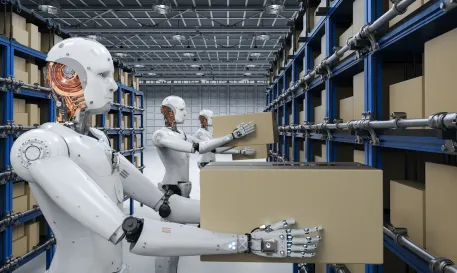Smart Warehouses and Robotics in Global Shipping
As the demand for faster and more accurate fulfillment rises, smart warehouses are becoming the backbone of modern global shipping. Robotics is no longer a futuristic concept—it is actively transforming the way goods are stored, picked, packed, and shipped. This article explores how robotic automation is reshaping logistics, particularly for DTC brands, Shopify and WooCommerce merchants, and fulfillment centers around the world.
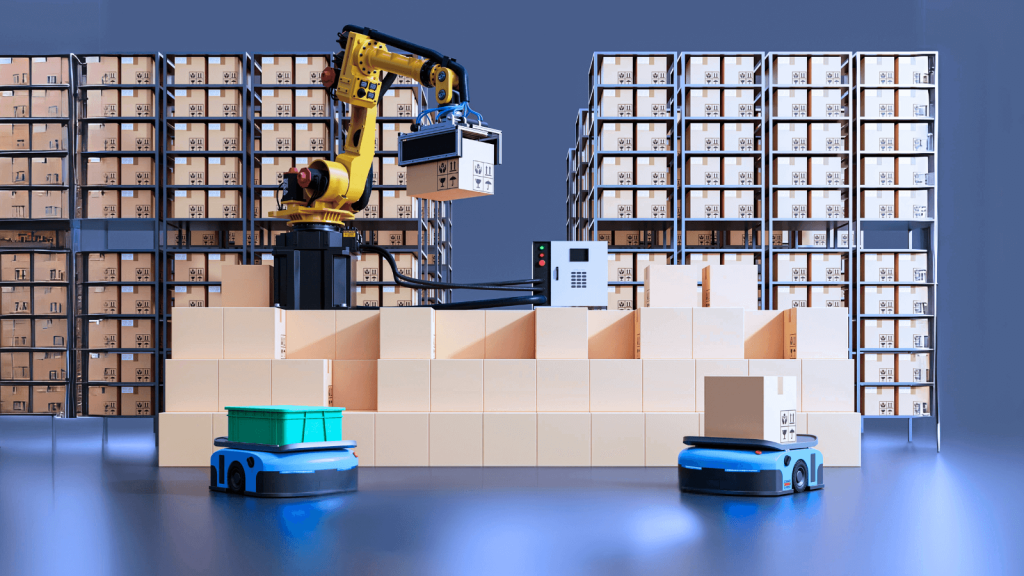
From Traditional Warehousing to Intelligent Operations
Modern fulfillment hubs are evolving into intelligent environments equipped with AI, IoT devices, and automation systems. These enhancements optimize how products are handled, tracked, and dispatched. For businesses scaling up or managing diverse product categories, intelligent operations help:
- Minimize errors in order handling
- Improve delivery speed
- Control operational overhead
- Reduce physical strain on workers
By improving task allocation and minimizing manual tasks, automation is redefining roles within fulfillment environments.
Essential Smart Warehouse Robotics Functions
1. Precision Picking with AI Assistance
Advanced robotic arms now use computer vision to identify products and retrieve them from storage bins. These tools are highly effective for e-commerce items such as beauty products, small electronics, or fashion accessories.
2. Goods-to-Operator Systems
Instead of requiring staff to navigate warehouse aisles, autonomous units transport bins or racks directly to packing stations. This approach boosts speed and minimizes walking distances, streamlining the packing stage.
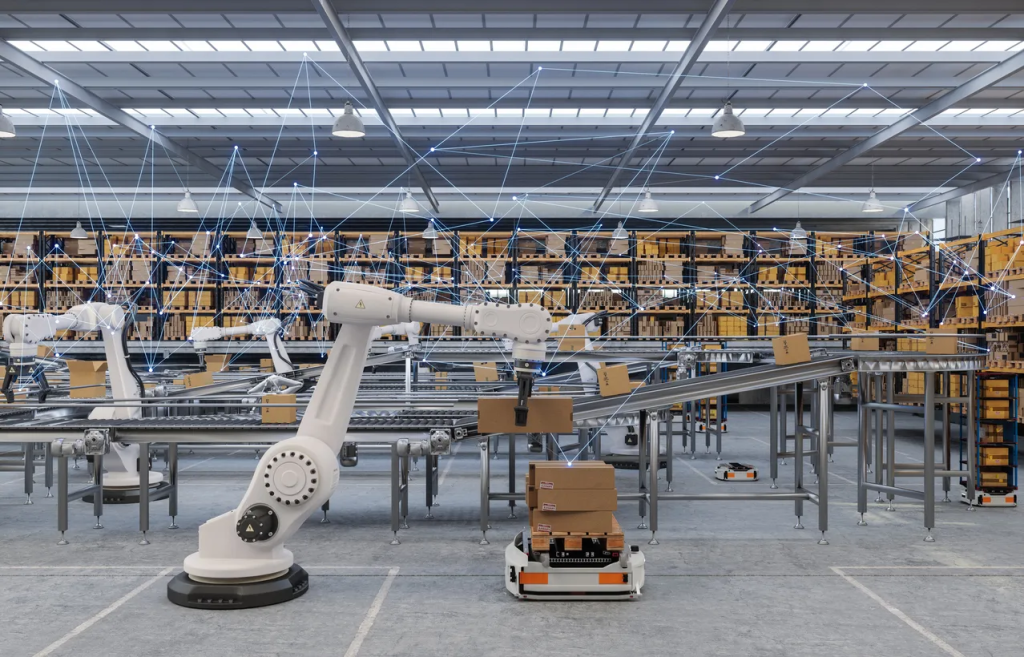
3. Automated Sorting and Final Packaging
After picking, goods are sorted by destination or shipping method. Automated lines organize packages and prepare them for dispatch—boxing, taping, and labeling included.
Enhancing International Delivery
Automation isn’t just about speed. It’s also about managing complexity in international delivery workflows. With the right support systems, logistics providers can:
- Sync live tracking data from mobile robots
- Confirm address formats across countries
- Handle high-volume returns efficiently
One key to making this work is choosing the right logistics service to bridge platforms and carrier systems.
How Postalparcel Adds Value to Automation
Postalparcel is a comprehensive logistics service designed to coordinate carriers, manage deliveries, and integrate inventory across multiple systems. For brands using 4PL partners, it complements robotic infrastructure by ensuring that data from robots and carriers sync seamlessly.
For example, a DTC fashion retailer expanding into Southern and Eastern Europe faced frequent delivery issues due to inconsistent address formats and inefficient local return handling. With Postalparcel’s address validation and inventory routing tools, the retailer reduced delivery failures by 22% and cut cross-border turnaround time by nearly a fifth, while continuing to rely on local automated fulfillment hubs.
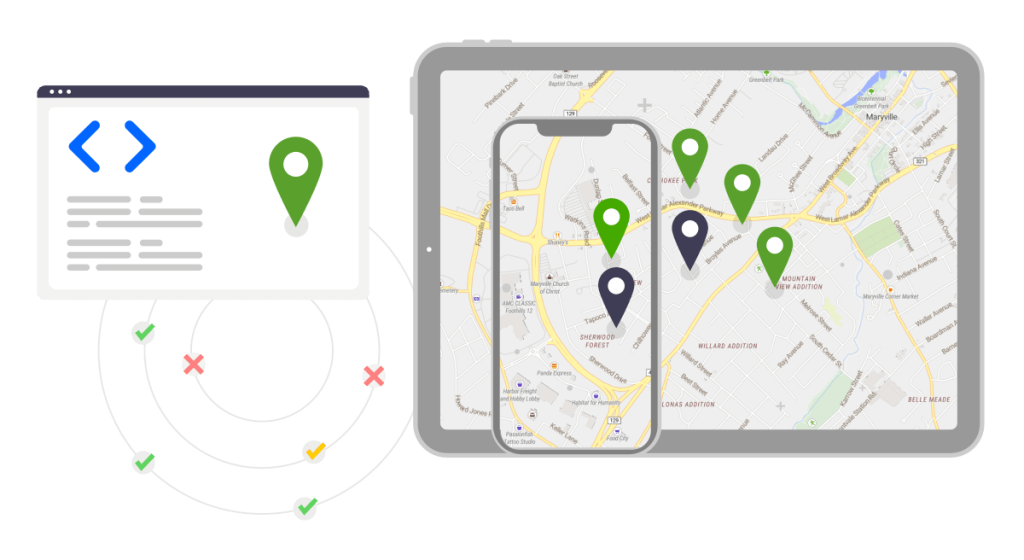
Postalparcel also helps bridge systems for Shopify and WooCommerce brands by offering unified tracking dashboards and delivery partner coordination. Unlike software systems that require complex setup, Postalparcel delivers these services through an easy-to-integrate model focused on service delivery, not system deployment.
Smart Warehouse Robotics: Key Business Benefits
Investing in warehouse automation brings lasting advantages:
- Scalable Growth: Expand to new markets without proportionally growing the team
- Reliable Output: Maintain consistency during peak periods or promotions
- Improved Accuracy: Reduce returns and complaints caused by packing errors
- International Efficiency: Connect seamlessly with overseas carriers and drop-off networks
Core Technologies Behind the Shift
A smart logistics network doesn’t rely on one solution alone. It’s a fusion of technologies, each playing a role in precision and responsiveness:
- Connected Sensors: Monitor inventory status in real-time
- AI Optimization: Recommend layout changes and improve routing logic
- Carrier Integration Platforms: Align data from regional and international delivery partners
- Last-Mile Innovations: Support parcel locker and Out-of-Home(OOH) pickup models
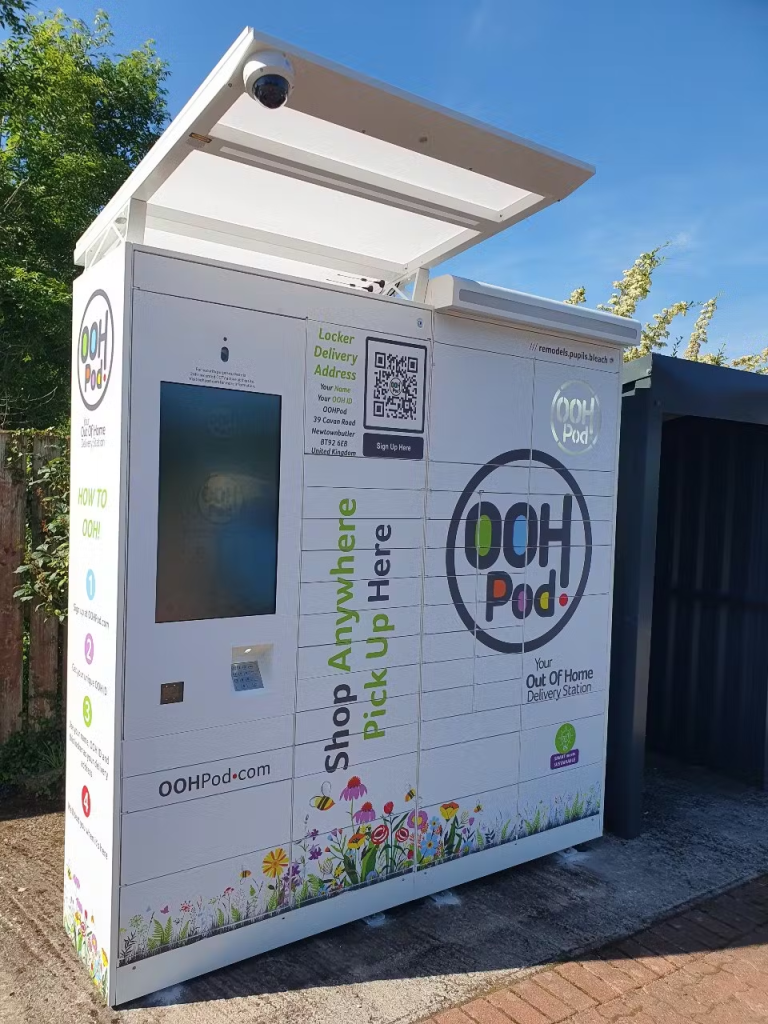
Together, they form a synchronized ecosystem that supports real-time decision-making.
Looking Ahead: Growth, Complexity, and Opportunity
While the promise of robotics is clear, challenges persist. Implementation often requires:
- Initial investment in automation equipment
- Technical expertise to manage integration
- Workforce training to oversee and maintain machines
However, these investments are proving worthwhile for DTC brands entering new markets or increasing delivery frequency. As technology becomes more accessible and flexible, even mid-sized businesses will find automation within reach.
Conclusion
Smart logistics, powered by automation, is redefining how global fulfillment works. For merchants on Shopify or WooCommerce, or those launching products on Kickstarter, robotic infrastructure offers faster turnaround, better consistency, and greater geographic reach.
By working with service partners like Postalparcel, businesses gain access to tools that unify inventory management, order tracking, and multi-carrier delivery strategies. These capabilities empower brands to build reliable fulfillment workflows from warehouse to doorstep—automated, data-driven, and ready for global scale.
Industry Insights
news via inbox
Nulla turp dis cursus. Integer liberos euismod pretium faucibua

